In most houses, your bedroom is your place of dwelling and spending considerable amounts of time inside. In addition to aesthetics, best plants for bedroom oxygen can improve the quality of health, mood, and sleep in humans, and are therefore considered to be among the easiest-and least expensive-means of making a bedroom look serene.
The best plants for bedroom style are here, whether you’re looking for a plant that will grow tall with proper care or a hanging plant that will add personality to your room. Don’t forget to choose the best indoor planters to display it in. Check out our guides on the best plants for bedroom for more indoor plant ideas. Some plants can help your breathing by producing more oxygen. Here’s a list of the ten best plants for bedroom.
Table of Contents
Best Plants for Bedroom Oxygen
1. Pothos (Money Plant)
Pothos is one of the most beautiful low-fuss foliage plants, but it offers other great benefits. Pothos deals with indoor air purifying and leaves formaldehyde, benzene, harmful gases like carbon monoxide out of the house. This flower is commonly known as the Transvaal Daisy, and is probably the prettiest in this list.
Not only will it help with a source of oxy, but it will also bring a nice hue color to any room. Unlike any other plant, it absorbs carbon dioxide at night, so it is recommended to keep this plant near your bed to improve sleep quality. Gerbera daisies are annual flowering plants that are part of the same family as sunflowers, but instead of being native to North America, they’re natural to South Africa, where their cultivation began before they were introduced and widely distributed in North America and Asia.
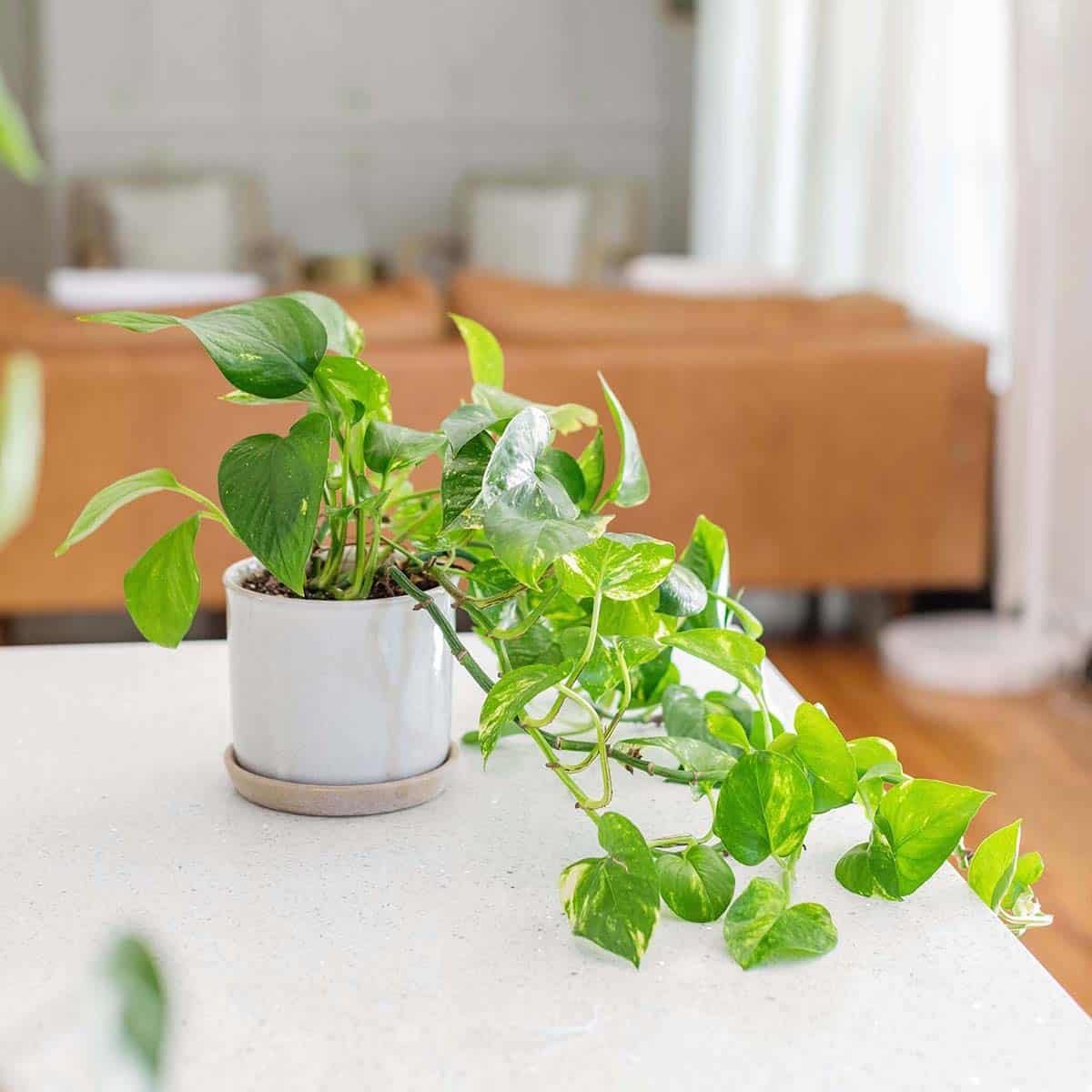
2. Areca Palm
The Areca Palm plant is an excellent air purifier, effectively removing harmful substances such as benzene and xylene. Its high leaf surface area allows for increased oxygen production. This plant also plays a role in maintaining proper air humidity, preventing dryness caused by air conditioning or furnace use. It thrives in bright, indirect sunlight and warm temperatures, and is native to Madagascar but has become a popular choice for both home and office interiors.
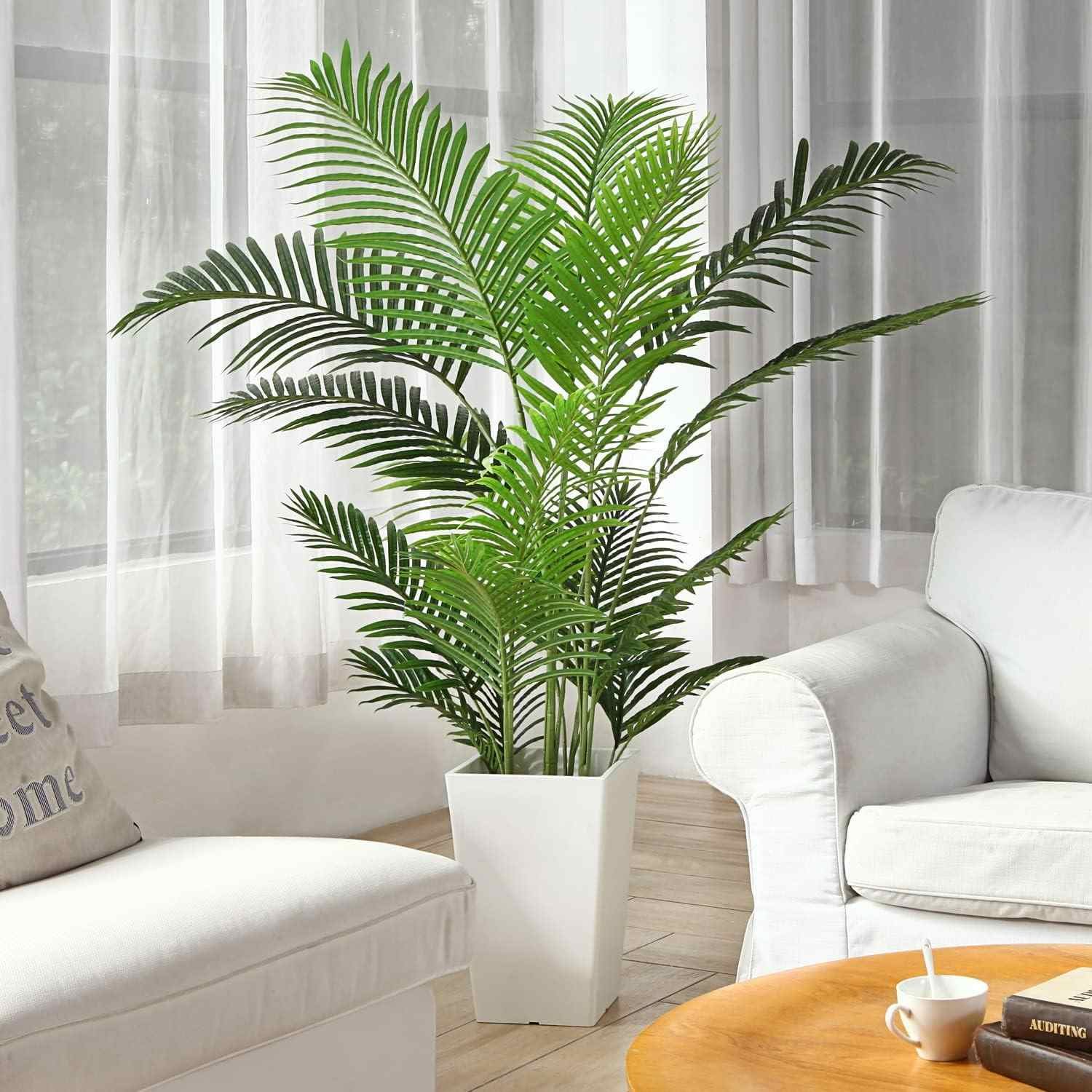

3. Tulsi (Ocimum basilicum )
Can we neglect our sacred tulsi plant? Once a staple in most households, even today many people choose to have it in their homes and worship it. While some may not prefer to keep the auspicious tulsi in their bedroom due to its revered status, those who do can enjoy numerous benefits from this plant. It releases significant amounts of oxygen at night and has the ability to absorb up to 90% of indoor dust particles. And that’s not all – the delicate aroma of tulsi also promotes peaceful sleep.
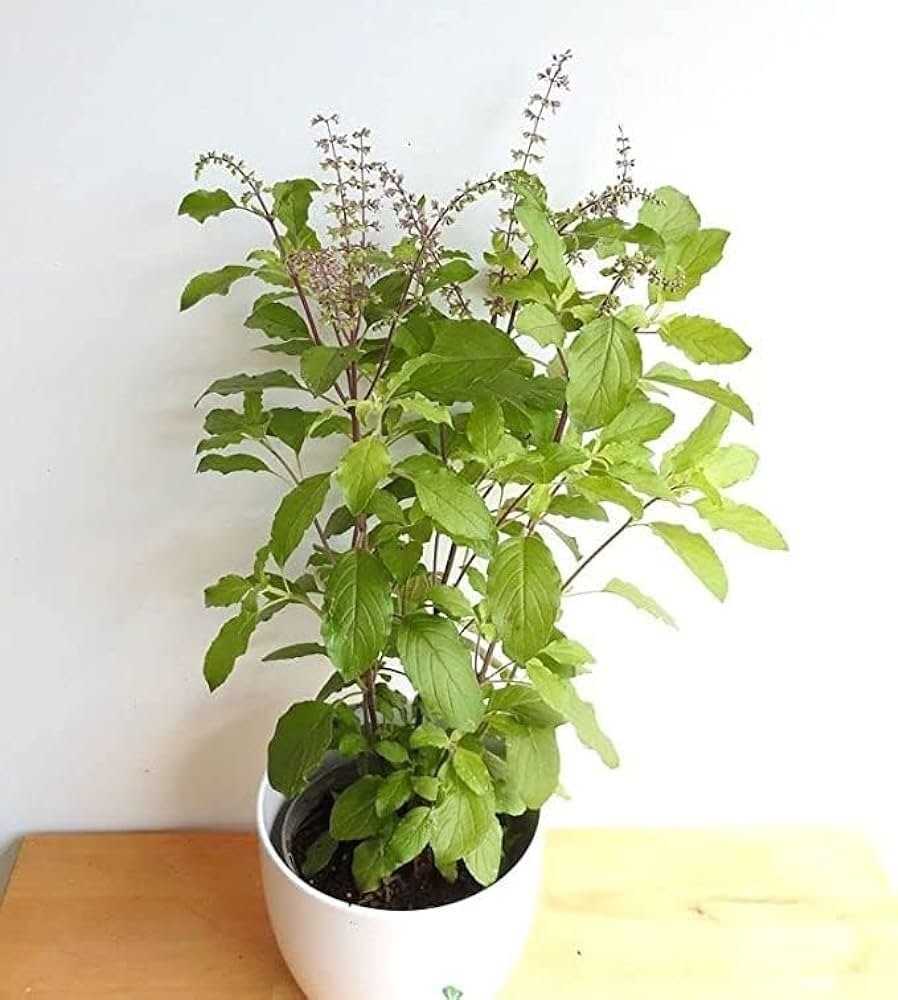

4. Gerbera Daisy
This flower is also popularly known as the Transvaal Daisy, and it’s without a doubt one of the prettiest varieties on the list. Not only will it bring with it an oxy source but also a very beautiful hue of color to whatever room it goes in. It is unique in its ability to gather carbon dioxide during the night. Having this near your bed really is a brilliant move for a better quality sleep. Gerbera daisies are a type of flowering perennial that falls under the family of sunflowers but is indigenous to South Africa and has since been introduced into and is scattered all over North America and Asia.
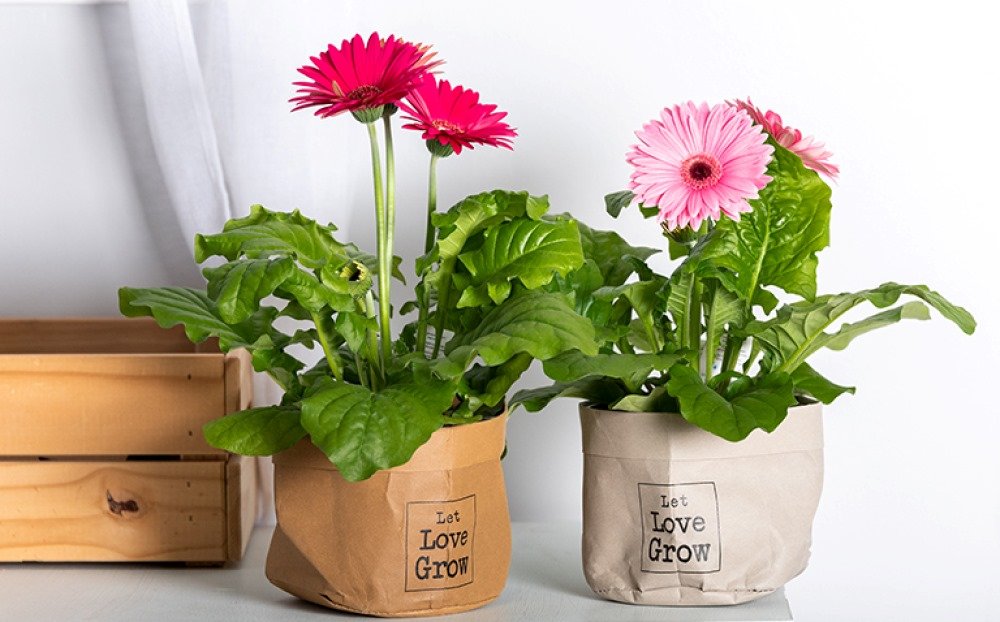

5. Aloe Vera
Known for its medical values, Aloe Vera is a natural air purifier with excellent potency. A plant naturally found in Africa but grown almost everywhere around the globe, this desert plant has been discovered by science to be highly potent in removal of formaldehyde from the indoor environment. Not much watering or sunlight is required to grow this plant, making it suitable for one who seeks a simple solution to indoor air contamination.


6. Philodendron Birkin
Put it in mid-bright to indirect sunlight and water it once or twice a week. Find the perfect planter and it’s the perfect bedside plant.
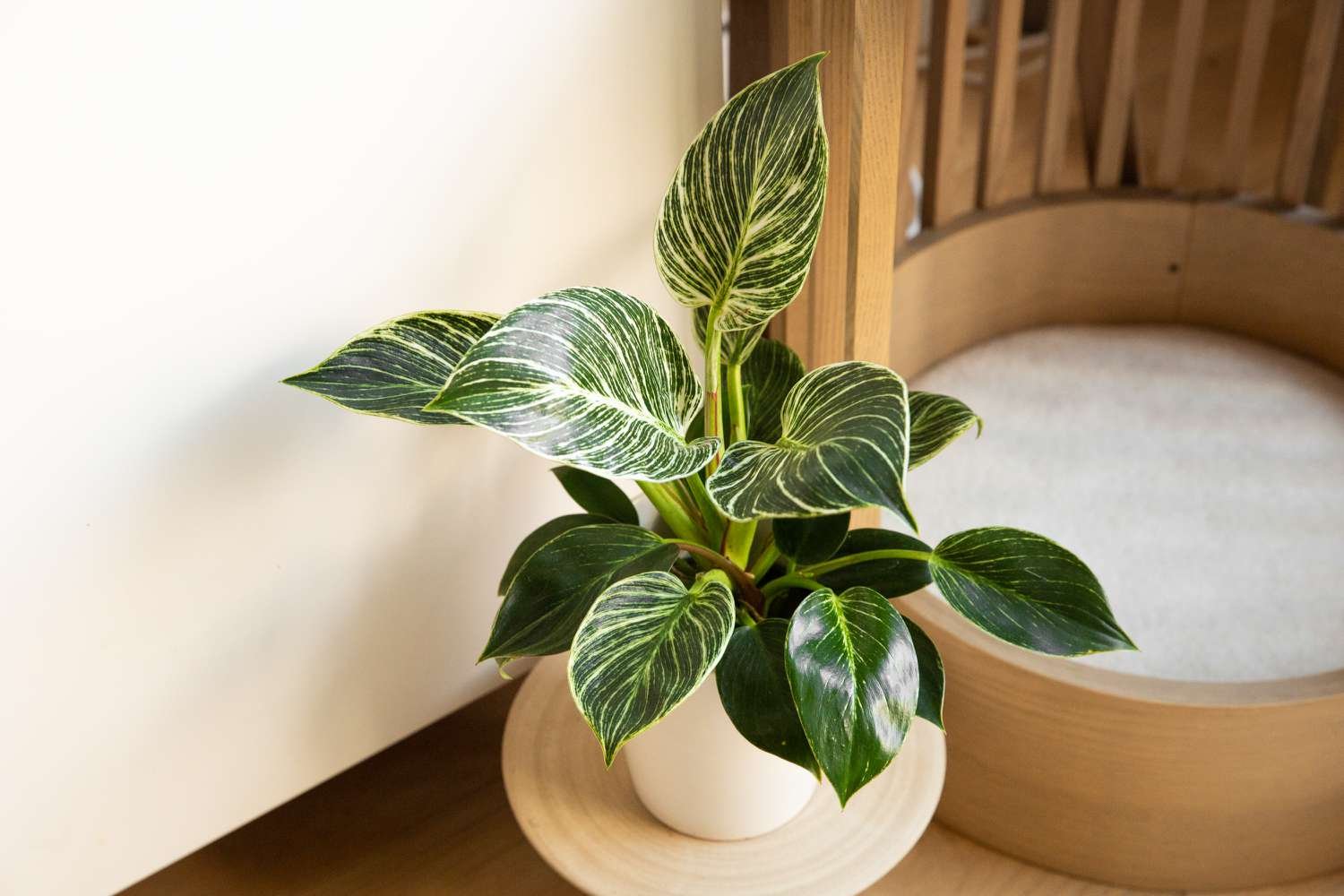

7. Peace Lily
The peace lily, along with its exquisite white flower and belief of auspicious good fortune, brings excellent prosperity to households. Being relatively low-maintenance, it would make for excellent best plants for bedroom as the plant will significantly enhance the internal oxygen levels due to its nature of providing purification. In return, this leaves an elegant stroke in your dwelling while having its capacity to eradicate benzene, trichloroethylene and other toxic by-products.
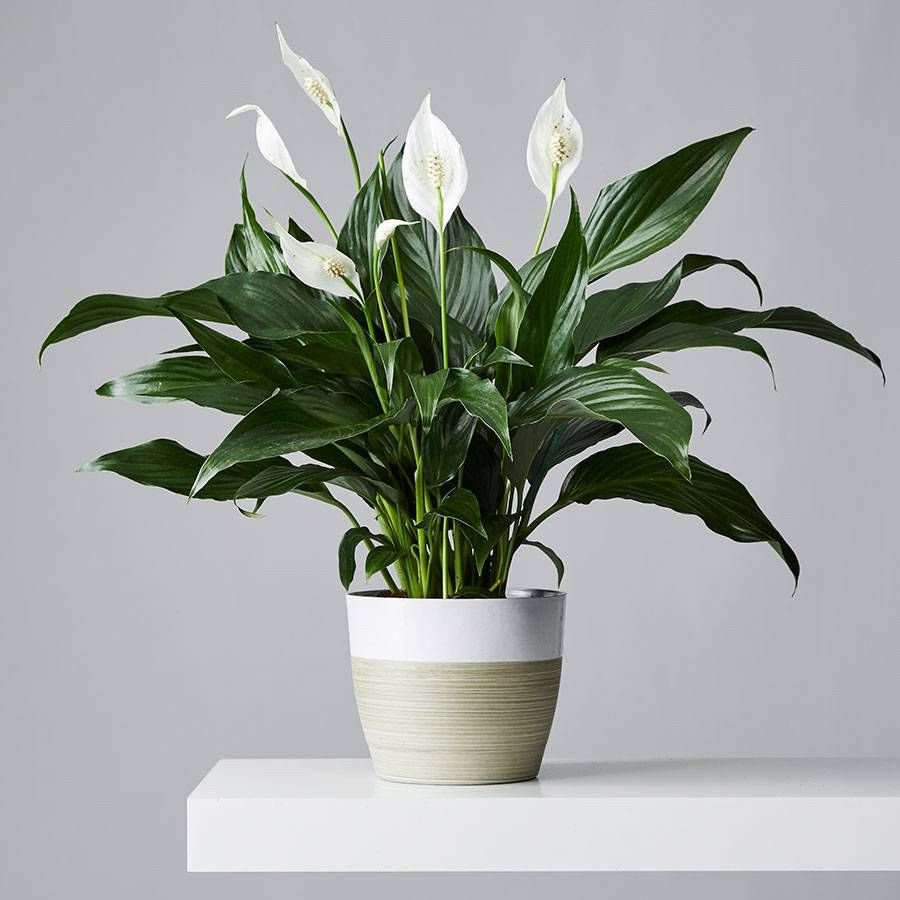

8. Spider Plant
The Spider Plant is a plant that helps very much in purification of indoor air. It helps to break and absorb several chemicals like formaldehyde and carbon monoxide, thus helping clean houses and offices. It produces oxygen and offers positive vibes, making it a great decoration for any indoor setting while helping manage anxiety and stress. It likes warm conditions with moderate to high humidity and indirect sun. Interestingly, these best plants for bedroom oxygen are resilient and can even survive in contaminated soils containing metals like lead without complaint.
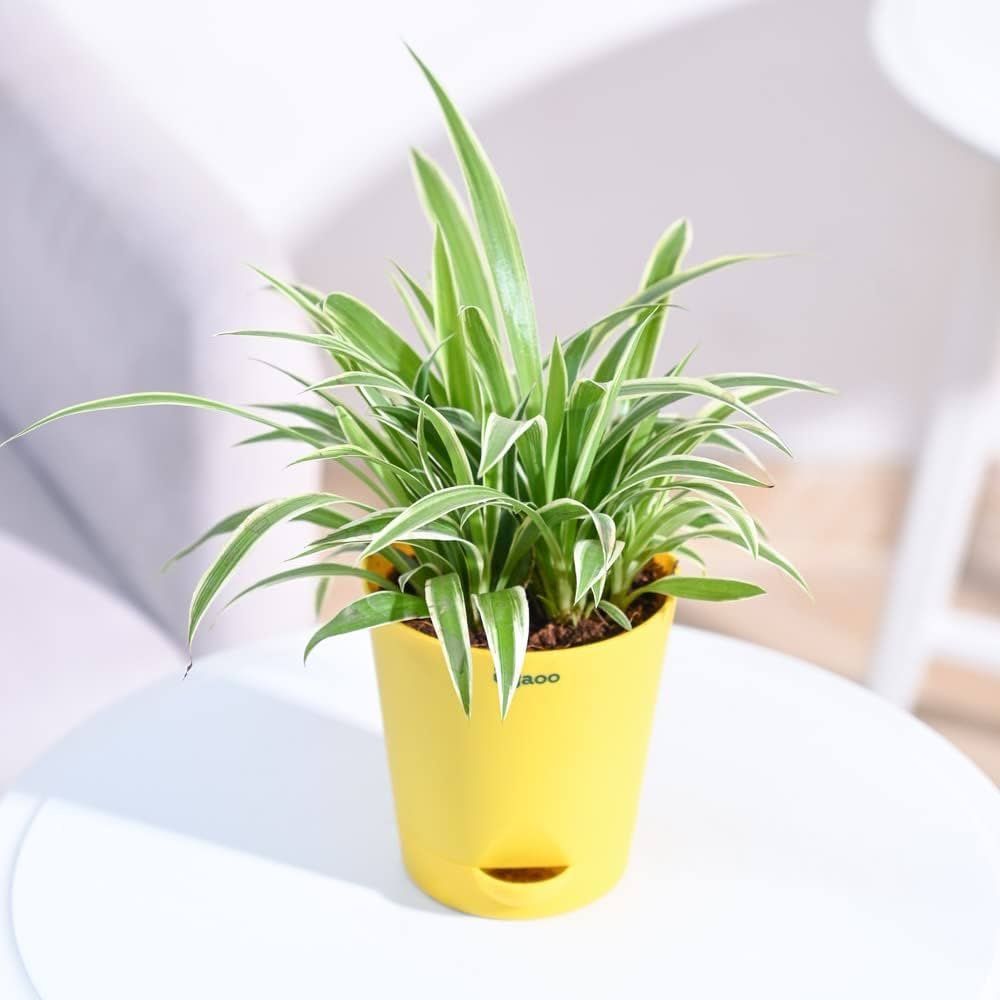

9. Snake Plant
Also known as “mother-in-law’s tongue,” this is one of the best plants for bedroom oxygen production and surpasses most other best plants when it comes to purifying air. It can survive on less water and is insensitive to different humid surroundings, so its use in any space will be a good choice. Originating from Africa, these evergreen best plants for bedroom oxygen feature robust, towering leaves, making them the perfect centerpiece.
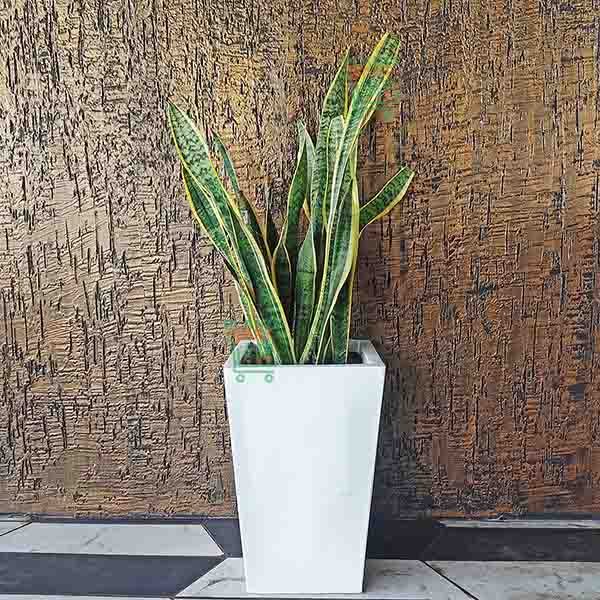

10. Weeping Fig
Also known as ficus tree, the weeping fig is a rather small plant with extremely tight, shiny leaves. According to a new report from researchers based at Pukyong National University in Busan, Korea, this plant can quickly increase air oxygen content, removing dangerous VOCs like formaldehyde and benzene, as well as trichloroethylene. All the oxygen-producing best plants for bedroom oxygen have proved to be really beneficial for lots of people; growing them inside can also bring about improved air quality besides an increase in the mental strength, immunity, and energy levels of a person.
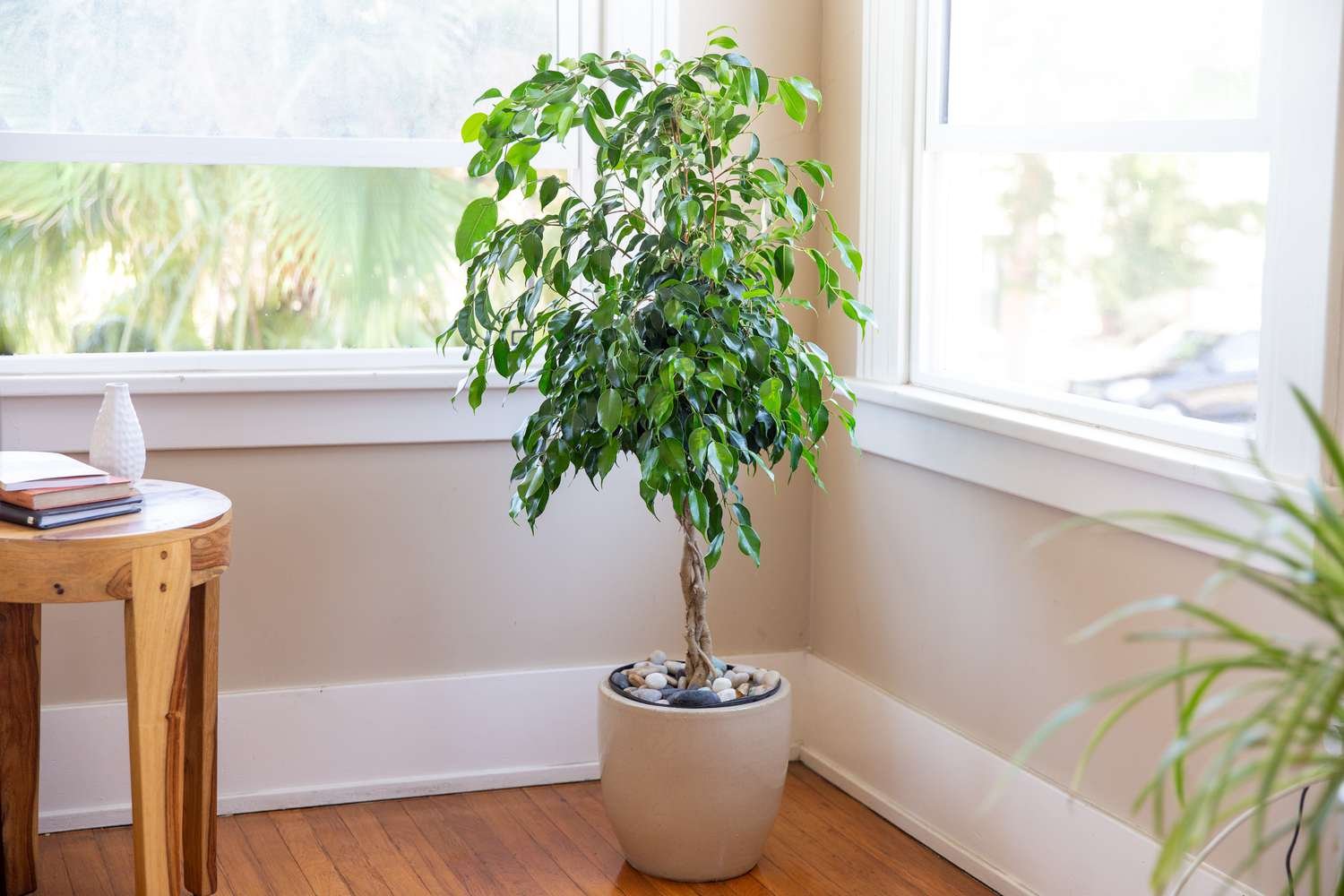

Benefits of Bedroom Plants
In addition to bringing a splash of green into the bedroom, houseplants really improve one’s quality of life by positively interacting with your body, your mind, and your home. Here’s how:
1. Breathing
One of the basic ways plants help us humans is through their role in the gas exchange. While we breathe oxygen into and carbon dioxide out of our lungs, plants have the opposite process, absorbing carbon dioxide and expelling oxygen during photosynthesis. This complementary exchange makes plants ideal companions for humans. Placing plants in indoor spaces, especially bedrooms, can increase the oxygen levels, enhancing air quality and promoting better breathing.
2. Releasing Water
Transpiration is the process where the plant releases moisture vapour from the air into the atmosphere as a by-product of photosynthesis and respiration, thus controlling for indoor humidity. Interestingly enough, a plant loses roughly 97% of the water taken up by it. It just means that you group some plants together so as to create a microclimate that increases the humidity in your home.
3. Purifying Air
Plants are natural air purifiers — research from NASA has shown that. They can cleanse the air after 24 hours and can intake as much as 87 percent of volatile organic compounds (VOCs). VOCs indoors are common causes of indoor air pollutants, consisting of formaldehyde coming from carpet, vinyl and grocery bags due to second-hand smoke; benzene coming from inks, solvents and paints; trichloroethylene coming from inks, solvents, and paint. ‘In the environment, the purity of benzene is, in fact, determined by the number of books and printed papers.
4. Improving Health
The presence of plants can have profound health benefits. Studies that Kansas State University made brought to light that there is a faster recovery from the hospital among the surgical patients if there are plants in their rooms. The patients who stay in the rooms with plants asked for pain medication less often than the patients without the plants, their heart rates and blood pressure were lower, and they felt less fatigued and anxious as well; these patients leave the hospital sooner too.
5. Sharpening Focus
Plants can also enhance cognitive function and concentration. Students learned 70% more with a focus that could be drawn by the study held at The Royal College of Agriculture in Circencester, England. Even the attendance levels are higher for these plant-filled classrooms, proving the fact that plants can add excitement to learning in a class environment.
With these suggestions and knowledge about the many rewards, you could develop a cleaner, fresher indoor living area using house plants. Not only will your bedroom appear more beautiful, but with this indoor growing you’ll improve indoor air, improve health conditions, and, by extension, general well-being. Instead of spraying air fresheners containing chemicals or smoking smoky incense sticks in your bedroom, place one or more of the above best plants for bedroom oxygen and sleep like a log till morning.
Read Next
Arrange plants in living room for boosting your productivity






